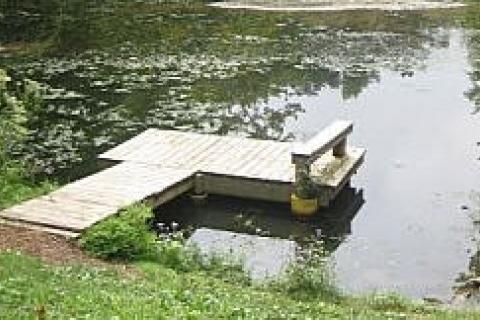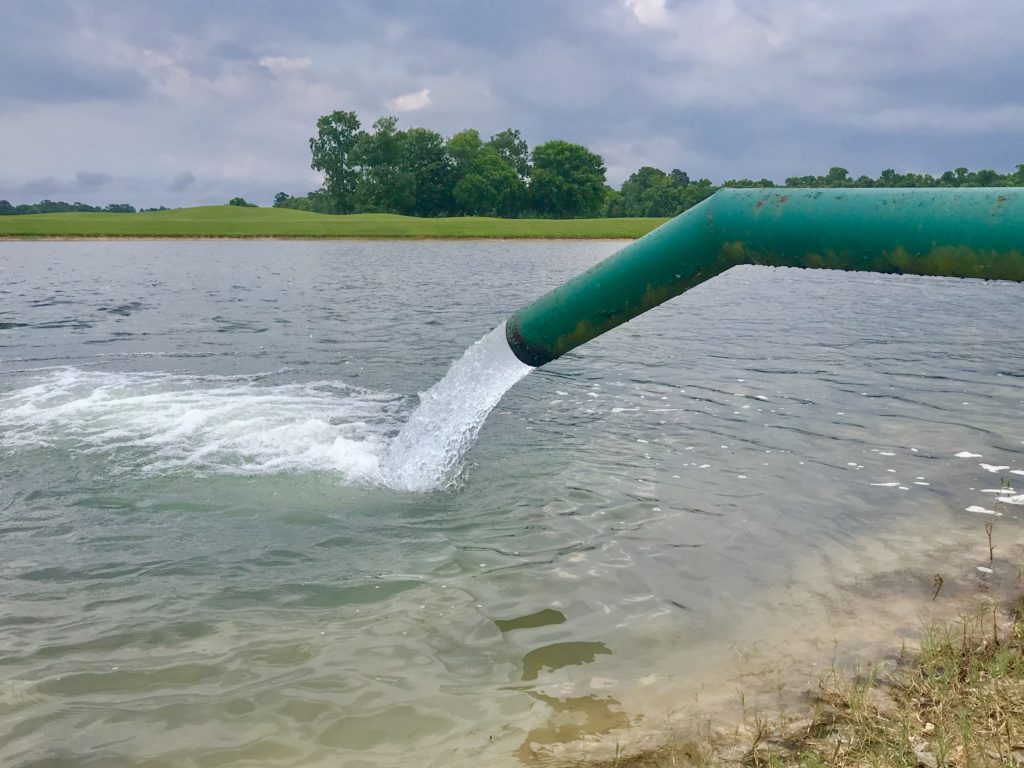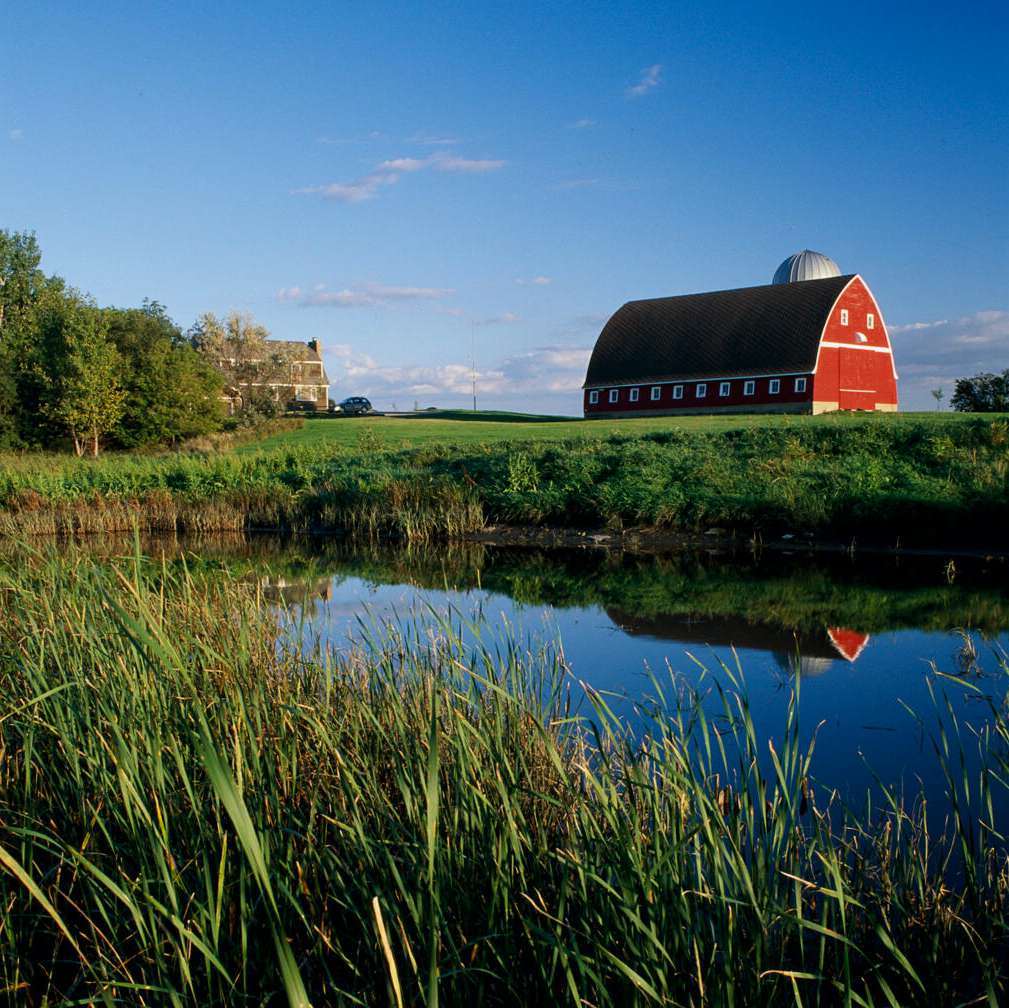Creating a pond on your property can be a rewarding experience, providing a serene oasis for wildlife and a picturesque feature for your landscape. However, one of the key challenges many pond owners face is how to fill a large pond, especially one as large as a 1-acre pond. In this guide, we will explore different methods and strategies you can use to efficiently fill a 1-acre pond with water.
1. Utilize Natural Water Sources
One of the most environmentally friendly ways to fill a pond is by utilizing natural water sources such as streams, rivers, or underground springs. If your property has access to a natural water source, you can divert water into your pond using pipes or channels. This method can be cost-effective and sustainable, providing a continuous supply of water to your pond.
2. Rainwater Harvesting
Rainwater harvesting is another eco-friendly method to fill your pond. You can set up a system to collect rainwater from your roof or other surfaces and direct it into your pond. This method not only helps fill your pond but also reduces runoff and erosion on your property. Installing a rainwater harvesting system can be a long-term solution for maintaining water levels in your pond.

Credit: 1source.basspro.com
3. Pond Liner Installation
If your 1-acre pond does not have a natural water source, you can consider installing a pond liner to retain water. A pond liner creates a barrier that prevents water from seeping into the ground, helping to maintain water levels in your pond. You can then fill the pond using municipal water supply or water delivery services.
4. Municipal Water Supply
If you have access to a municipal water supply, you can fill your pond using a hose or water pump. However, keep in mind that using municipal water may incur additional costs, so it’s essential to check with your local water authority regarding regulations and fees for filling a large body of water like a 1-acre pond.
5. Water Delivery Services
Another option for filling a 1-acre pond is to hire water delivery services. These companies specialize in delivering large volumes of water and can efficiently fill your pond within a short period. While this method may involve additional costs, it can be a convenient solution, especially if you need to fill your pond quickly.
6. Combination of Methods
In some cases, a combination of methods may be the most practical approach to fill a 1-acre pond. For example, you can start by filling the pond with water delivery services and then supplement it with rainwater harvesting or natural water sources to maintain water levels over time. By using a combination of methods, you can ensure a sustainable water supply for your pond.
7. Consider Evaporation and Seepage
When filling a pond, it’s essential to consider factors such as evaporation and seepage, which can lead to water loss over time. To mitigate these effects, you can install aeration systems or pond liners to reduce evaporation and seepage rates, helping to maintain water levels in your pond.

Credit: landassociation.org
8. Monitor Water Quality
Once your pond is filled with water, it’s crucial to monitor water quality regularly to ensure a healthy ecosystem. Test the water for pH levels, dissolved oxygen, and nutrient concentrations to maintain optimal conditions for aquatic life. By monitoring water quality, you can prevent issues such as algae blooms and fish kills, ensuring a thriving pond environment.
Conclusion
Filling a 1-acre pond with water may seem like a daunting task, but with the right strategies and methods, you can achieve a beautiful and sustainable water feature on your property. Whether you choose to utilize natural water sources, rainwater harvesting, or water delivery services, it’s essential to consider factors such as water quality, evaporation, and seepage to maintain your pond effectively. By following these tips, you can create a thriving pond ecosystem that enhances the beauty and biodiversity of your landscape.





